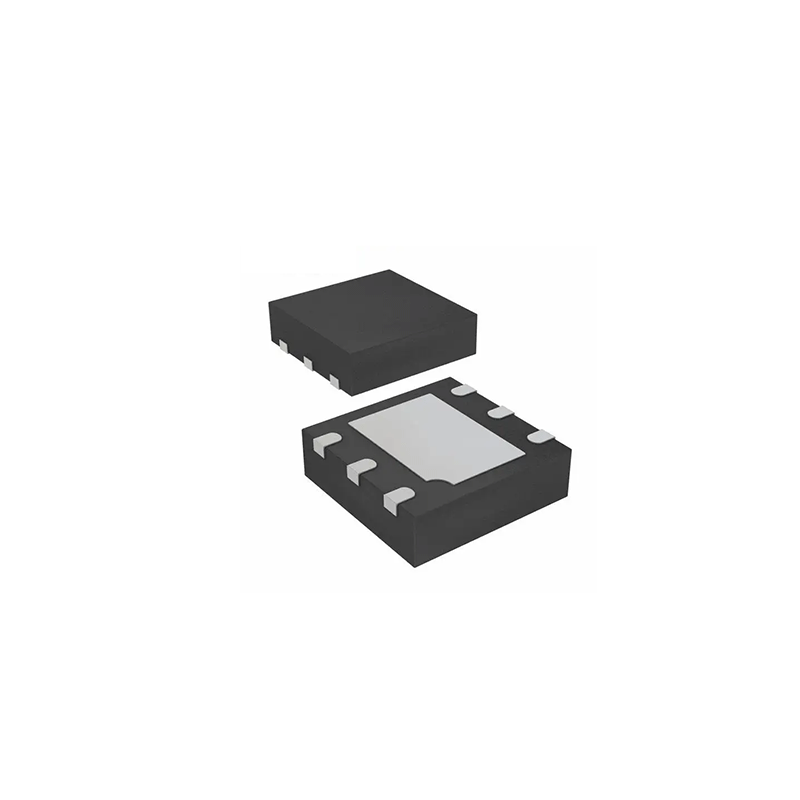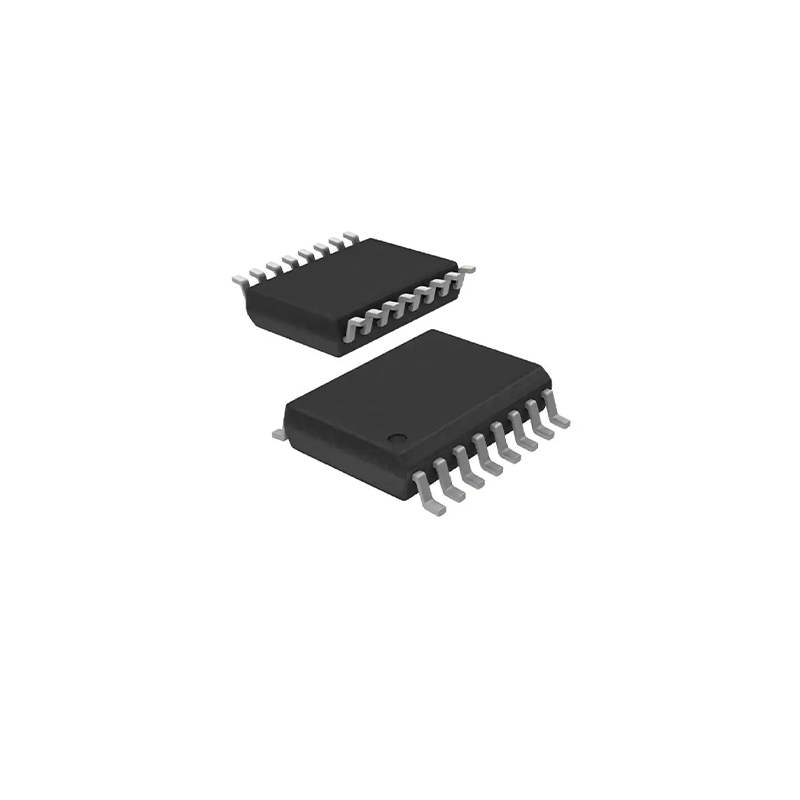1. Synopsys Expands GenAI for Chip Design with Copilot (September 2)
Synopsys announced major updates to its Synopsys.ai Copilot, integrating generative AI across the chip design workflow. Early access results showed up to 35% productivity gains for junior engineers and 10x–20x faster script generation. The tool now supports automated RTL and formal assertion generation, streamlining critical design and verification tasks from hours to minutes Synopsys.
2. Wolfspeed Launches 200mm SiC Materials for Mass Production (September 11)
Wolfspeed announced the commercial availability of its 200mm silicon carbide (SiC) materials, enabling large-scale adoption of wide-bandgap semiconductors for electric vehicles (EVs) and energy infrastructure. The move solidifies Wolfspeed’s position as a leader in SiC technology, leveraging its newly expanded 200mm manufacturing capacity .
3. US Adds 23 Chinese Entities to Entity List, Including 13 Semiconductor Firms (September 12)
The U.S. Department of Commerce placed 13 Chinese semiconductor companies (e.g., Hygon) on the Entity List, restricting their access to U.S. EDA tools and manufacturing equipment. This impacts advanced-node chip design (e.g., 7nm) and forces shifts to domestic alternatives like Hua Da 九天’s Argus DRC tools, which cover only 60% of 7nm rules .
4. ASML’s High-NA EUV Orders Double (September 25)
Intel doubled its order for ASML’s High-NA EUV lithography systems to two units, targeting its 14A process node (planned for 2028). The move underscores Intel’s push to regain leadership in advanced manufacturing, though challenges remain in mastering EUV and securing external clients .
5. TSMC’s 3nm and 5nm Capacity Reaches Near 100% Utilization (September 27)
TSMC reported full capacity bookings for its 3nm and 5nm nodes through early 2026, driven by demand from Apple, NVIDIA, and AMD. The 3nm process, used in NVIDIA’s Rubin GPU and AMD’s MI355X, is a key revenue driver, while advanced packaging (e.g., CoWoS) is expanding to meet AI chip demand .
6. Samsung Cuts 2nm Wafer Prices by 33% to Challenge TSMC (September 29)
Samsung began offering **2nm wafers at $20,000 per unit**, 33% cheaper than TSMC’s $30,000, in a bid to attract clients like NVIDIA and Qualcomm. The company aims to diversify its customer base and improve 良率 after exclusively using the node for its own mobile processors .
7. AMD Unveils Fifth-Generation EPYC Processors at Alibaba Cloud Summit (September 24–26)
AMD launched its EPYC Turin processors (3nm/4nm hybrid process) at the Alibaba Cloud Summit, featuring Zen 5 architecture with 17% higher IPC and native AVX512 support. The chips target AI workloads and cloud computing, complementing AMD’s ROCm software ecosystem for generative AI .
8. South Korea’s Semiconductor Exports Hit Record $16.61B in September (September 30)
South Korea’s semiconductor exports rose 22% YoY to $16.61B, driven by HBM and DDR5 demand. The country’s total exports reached a 3.5-year high of $65.95B, with semiconductors and EVs as key growth drivers .
9. Europe Unveils Semiconductor Coalition to Boost Competitiveness (September 30)
"(《世界人权宣言》) Semiconductor Coalition Europe (backed by 70+ companies) called for a revised EU Chips Act to enhance regional R&D and manufacturing. The initiative aims to align policy with market needs and secure Europe’s position in advanced packaging and sustainable semiconductor production .
10. GaN Technology Advances with New Partnerships and Products (September 23–30)
- ROHM launched a 2-in-1 SiC module (“DOT-247”) for high-power applications, offering higher power density and design flexibility .
- Nexchip、Union Electronics 和 Innoscience 合作开发 智能集成氮化镓解决方案 电动汽车,目标是提高系统效率和降低成本。
- GaNext 首次亮相 Gen3 GaN 平台 在 PCIM 亚洲展会上,将展示 9mΩ 650V FET (全球最低的 Rds(on)),用于电动汽车充电和储能。
11. E&R 工程公司扩展北美业务(9 月 24 日)
总部位于台湾的 E&R 工程公司在亚利桑那州成立了一家美国子公司,以支持 激光和等离子设备 北美客户的需求。公司计划到 2026 年在凤凰城和波特兰开设演示实验室,目标客户是电动汽车和人工智能芯片制造商。
12. 英特尔 Panther Lake CPU 将进入量产阶段(9 月 24 日)
英特尔宣布 批量生产 的 Panther Lake CPU。 英特尔 18A 工艺的首个 20A 级节点。这些芯片将利用 RibbonFET 和 PowerVia 技术为下一代客户端和服务器产品提供动力。
13. 中美科技关系持续紧张(9月3日)
尽管早前有报道称英伟达的 H20 出口许可证已获批准,但美国工业与安全局 (BIS) 还是推迟了处理时间。 数千份出口许可证包括运往中国的 H20 芯片。这影响到 $10B+ 订单中 并增加了人工智能基础设施项目的不确定性。
_画板-1@2x.png)



